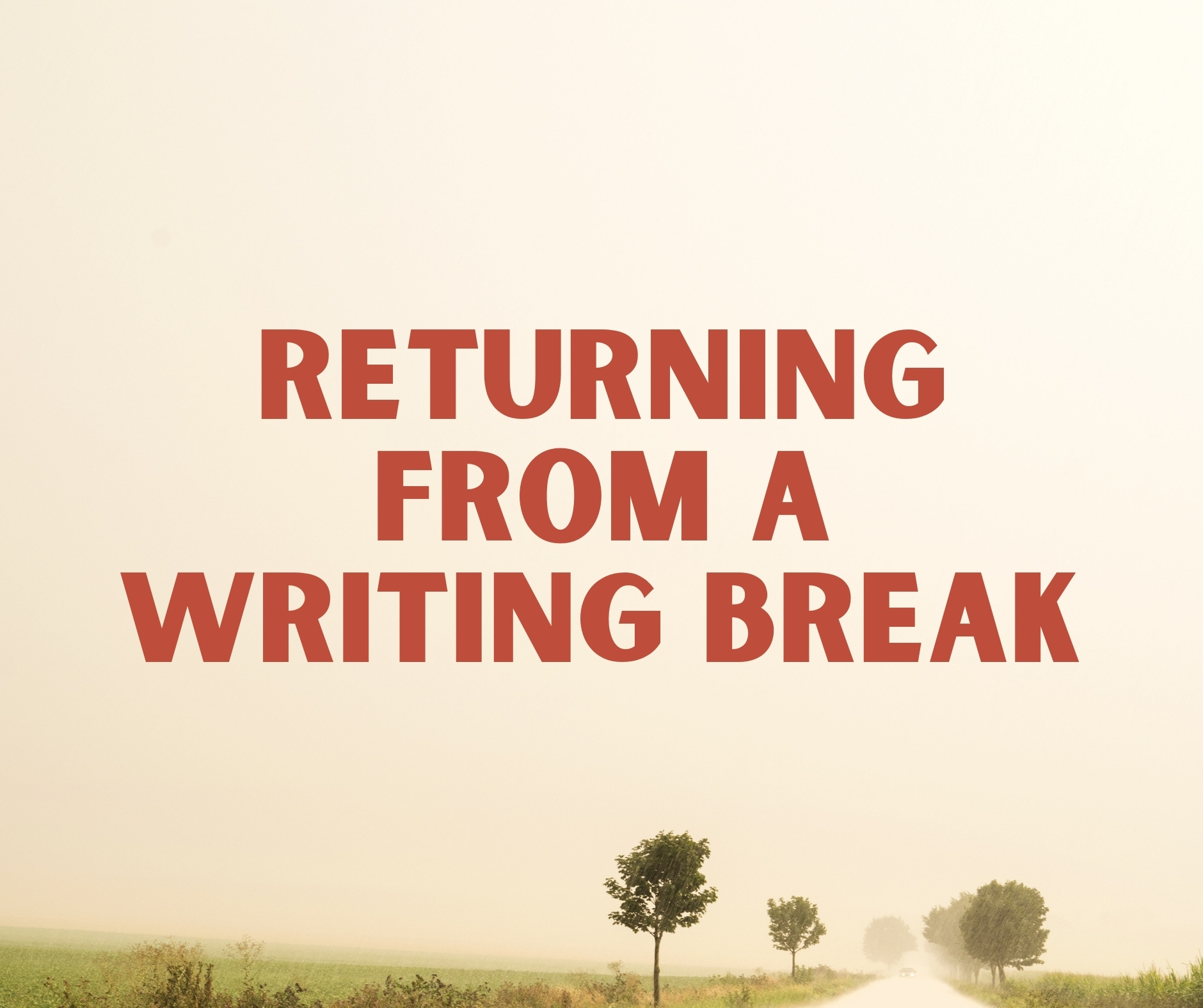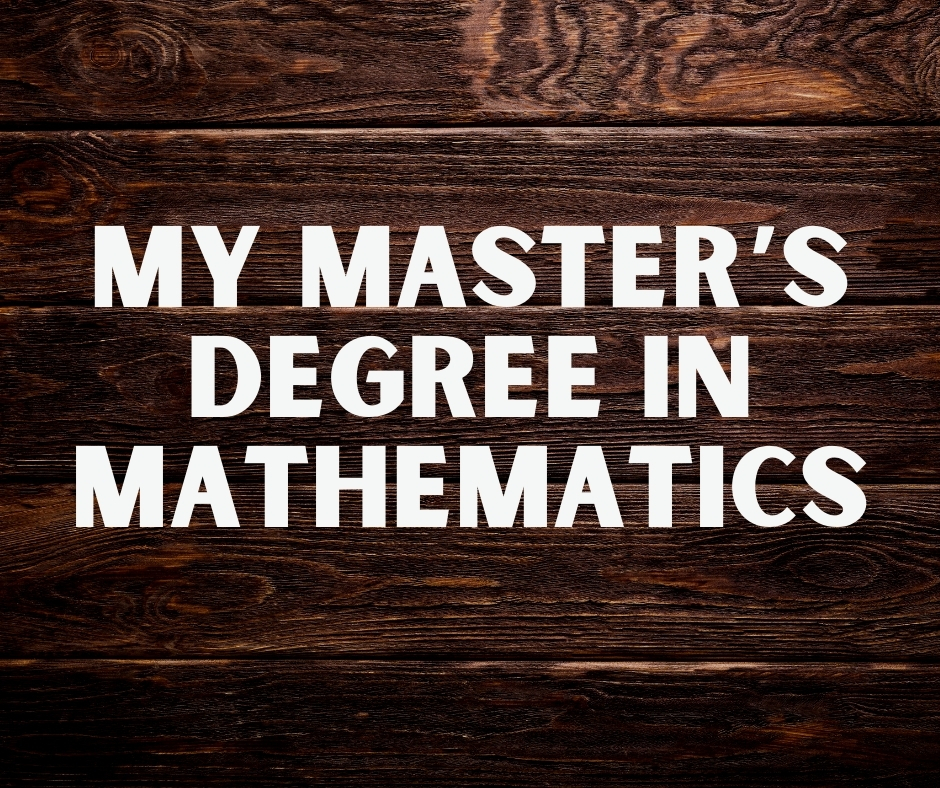Hey! Jon here. Just a heads-up that this post is over a year old and is therefore likely to be outdated.
Generating Story Structures for Fun and Profit
1st March, 2019 Share on Twitter

Hi guys! This post is from a past email from my storytelling newsletter. If you'd like to receive these as soon as they're written, sign up to my email list here.
A couple of weeks ago I had the pleasure of interviewing James Scott Bell for his newest book The Last Fifty Pages.
I’ve long been a fan of JSB’s. He’s written some of the best books available on the writing craft, and he has the publishing experience to back it up. He’s an award-winning novelist, so we can safely say he’s walked the walk.
Table of Contents
Anyway, my interview with JSB made me curious to pick up some of his writing craft books again. Particularly How to Write Dazzling Dialogue and Write Your Novel from the Middle. I was toying with the idea of writing a fiction novel in 2019, so I thought I’d freshen up on my storytelling knowledge.
I rediscovered a great technique in the second book, Write Your Novel from the Middle, and I became inspired to write an outline for a novel. Writing this outline felt really exciting, and I think it has a lot of potential for a full novel. I also used the technique to brainstorm two extra fanfics that I might also write in later 2019.
That’s three new story ideas all from rereading a writing craft book, how cool is that!
In this post, I’m going to give you an overview of this technique, and show you how to use it to generate story ideas. I recommend you buy JSB’s full set of writing craft books for a comprehensive picture of this process—it’d be unfair to give away all of his secrets!
Start Writing Stories from the Midpoint
As you can probably guess, the crux of this technique is outlining your story idea, going from the midpoint outwards. This is pretty counter-intuitive—normally we start our outlines from the opening and go from there, don’t we?
Well the reason JSB recommends starting from the midpoint, is that this portion of a story usually encapsulates what the story is really about. The middle of any story is the most important part!
Take your favourite books and movies, and flip right to the middle. You should find a scene nearby where the main characters have their major crisis points. It’s usually a peak in tension, where the characters are forced into a choice between evolution or regression—or alternatively, where the characters feel like all hope is lost.
I’ll show you a couple of examples:
-
The Lord of the Rings: The Two Towers: Aragorn and King Theoden lead the people of Rohan to Helm’s Deep. Wharg riders attack them, and Aragorn goes MIA. The others are forced to confront the possibility that they’ll face 10,000 Uruk-hai without their friend and companion. It seems unlikely that they’ll last the night.
-
Avengers: Infinity War: Thor shares his doubts and fears with Rocket. He’s lost everything: his mother, his hammer, his father, his homeworld Asgard, his people, and now his brother. Thor wipes a tear away, realising that he now has nothing left to lose, and still needs to press ahead and forge himself a Thanos-killing weapon.
-
Casablanca: Rick wallows in self-pity. He’s stayed late at his bar drinking all night, and Ilsa finds him barely coherent. She tries to explain why she left him in Paris, but he only reacts with anger. He essentially calls her a whore and she runs away. Alone again, he despairs and begins to cry. Rick realises that he can’t keep pushing people away, and that he needs to change.
Each of these midpoint moments represents a peak moment of crisis for the characters. Notice that in each case, the scene perfectly encapsulates the entire point of the story:
-
The Lord of the Rings: The Two Towers: Things are about to get tough, and we need our friends alongside us to survive. There’s no point bickering and fighting when there’s an evil enemy at the gates. Fight to the bitter end, no matter how one-sided the odds seem—light always prevails.
-
Avengers: Infinity War: Even when everything seems bleak and we’ve lost everything, we still need to keep on fighting. What else can we do, just give up? No. We keep on fighting—no matter what the odds, we might just win in the end. We can still be a hero to our friends.
-
Casablanca: Stick your neck out for someone, and be a friend. It might just pay off, and at least you’ve done something good for someone you care about. Don’t push people away, no matter how bad you might feel in the moment—life is nothing without friends.
In his book, JSB explains you can write a midpoint moment like this first, and then write your story from there. These midpoint moments vary based on the kind of story you’re writing:
-
Character-driven story: Your midpoint needs to be a “Mirror Moment” as JSB calls it, where the main character reflects on the choices he’s making, and whether they’re leading him on the right path. This is the story’s key inflexion point. He’s been brought to the breaking point by his bad choices, and the plot has proven he can’t go on like this any more—he looks in the mirror and resolves to make a change.
-
Plot-driven story: Your midpoint needs to be a moment of peak crisis. They need to despair and ask “oh crap, how can we possibly win against such odds?” This can work well for ensemble stories, or ones where the character is firmly established. These moments resonate with us because we’ve all experienced “The Dip” when it seems like everything is lost. But we pick ourselves up and keep fighting.
Choose one of these types of midpoint to generate story ideas. Brainstorm “Mirror Moments” to come up with rich character transformations. For example, your hero realises that her choices have been putting her own needs ahead of her family’s, making her feel a lot of shame. Or, your hero realises that he’s been putting himself at risk because he doesn’t care about dying. Instead, he needs to put the past behind him and build a new life with a positive outlook.
Now Fill in the Rest!
We’ve got a great list of magical midpoint moments. This is exciting stuff! But we need to round out our story so that it makes a lot more sense. You need two more things: the Pre-Story Psychology, and the Transformation. These happen at either side of the magic midpoint.
The Pre-Story Psychology is what happens before the magical midpoint moment. It’s everything that leads up to the crisis point. We need to establish everything necessary for the midpoint moment to have the biggest impact. Show the character being selfish or reckless through their choices and actions. This will depend completely on your midpoint, the personality reflection you’re setting them up for.
In Star Wars: The Force Awakens, we see Rey’s life on Jakku. We see her selflessly put herself in danger to rescue BB-8 from the junk dealer. She has a lot of potential and a good heart, but she’s wasting her life waiting for her parents. Then at the midpoint, when Finn leaves the group, she has her “Mirror Moment” exactly at the point she’s offered Luke’s old lightsaber. Rey has the potential to become a great warrior, and has to leave the hope of meeting her parents again behind.
The Transformation, on the other hand, is the physical proof that the “Mirror Moment” truly paid off. In the ending of the story, you need to show the reader that the character now makes the right choice. This can’t happen off-screen. We can make cliffhangers for plot points, but never character arcs. Your readers will not forgive you if you fail to deliver on your magic midpoint. The ending must show a definite evolution from their mistakes of the past.
Once again in Star Wars: The Force Awakens, we see Rey and Finn duelling Kylo Ren in the forests of Starkiller Base. Kylo Ren easily beats Finn in a lightsaber fight, and now he’s trying to pull the lightsaber towards him. But—wait—Rey pulls the lightsaber and ignites it. She fights Kylo Ren bravely, using the force to defeat him. She beats him down, almost killing him. She has proven herself to be the brave and strong warrior we know her to be. Rey has rejected her old fears and chosen to take up Luke’s mantle. In this transformation moment at the end, the Force has truly awakened.
Do you see how powerful this technique is? We can generate deeply resonant stories by writing three pillars: the “Mirror Moment”, the Pre-Story Psychology, and the Transformation. Each pillar provides a strong anchor point of character evolution. We can make this into an actual story by filling in the rest in between as we continue to work on our outline.
What’s perhaps most important of all, is that this technique produces stories that sell. You’ll hook your readers in with a solid story structure that drives forward with a purpose, and create lifelong fans through the satisfying character transformations you’ll provide. This method will not only give you loads of story ideas, it’ll help you build your career as a professional author.
What’s even better is that we can create these key plot points for multiple characters in a story, across parallel plot threads. Notice how in The Force Awakens Finn undergoes a similar transformation: at the midpoint he has a crisis moment, choosing to leave the group out of his shame for lying to Rey (although he only has this crisis temporarily). This is because in the Pre-Story Psychology stage, he made the difficult choice to reject The First Order, but he’s still uncertain about his place in the fight. In the ending, his Transformation is clear when he decides to pick up the lightsaber and fight his old boss Kylo Ren—his place isn’t ambiguous any more!
In conclusion, you should definitely try out James Scott Bell’s technique of writing your story from the middle. Once you’ve practiced it, you’ll be able to generate interesting and deeply resonant stories. Your characters will have full arcs from beginning to end, complete with incredibly powerful inflexion points in the middle. Don’t forget to buy his book to get a comprehensive picture of this method.
Give it a try and let me know how it goes!
Hi guys! This post is from a past email from my storytelling newsletter. If you'd like to receive these as soon as they're written, sign up to my email list here.
Please check out The 24 Laws of Storytelling, my book that explores the principles that make some books and movies great and explains why others fail. By reading my book, you’ll gain the same strategies used by master storytellers such as Stephen King, Christopher Nolan, Fyodor Dostoyevsky, and many more. Pick up your copy today.



